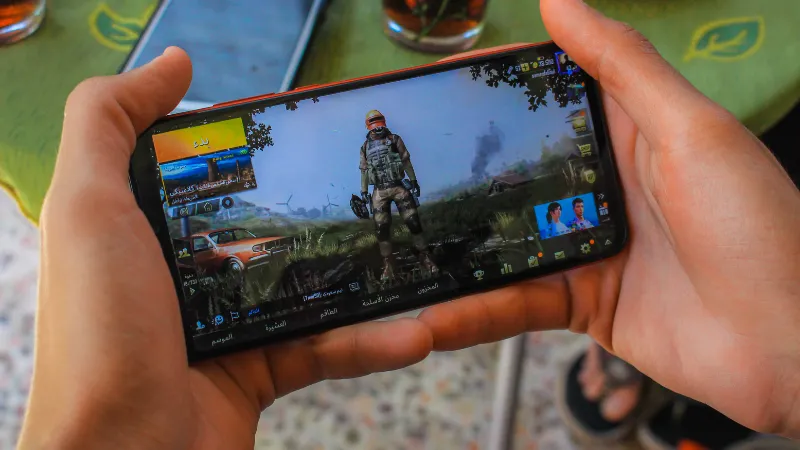
Invisible UX refers to user-experience design that feels seamless and intuitive, almost unnoticed by players. In the fast-evolving world of mobile gaming, this invisible design allows users to focus on gameplay instead of navigation or friction. For platforms, invisible UX has become a competitive necessity, allowing players to transition between games, deposits and bonuses with minimal interruption and maximum satisfaction.
1. What is invisible UX?
Invisible UX is about removing barriers between users and their goals. In an online casino context, this means everything from lightning-fast load times and one-tap transactions to smooth transitions and minimal distractions. Modern mobile gambling reports indicate players expect apps that deliver instant play and zero lag; when these expectations aren’t met, drop-off rates rise sharply. Research into mobile-app design shows that even a one-second delay in response time can reduce conversions by around 7%, making performance a core UX challenge.
2. Minimalist design
Minimalist interfaces help lower cognitive load and decision fatigue, allowing players to concentrate on gameplay rather than UI clutter. Clean layouts, restrained colour palettes and carefully layered visual cues are now standard in high-retention gaming apps. Analysts of mobile-slot platforms in the UK note that standout apps combine minimalist design with intuitive gestures, resulting in “tap-and-play” simplicity that aligns with shorter session habits and mobile-first usage patterns.
3. Mobile casino apps
With mobile gambling now firmly dominant, invisible UX is at the heart of responsive design, cross-device stability and personalisation. Platforms, such as MrQ phone slots, apply these principles: adaptive layouts that change depending on screen orientation, personalised dashboards that highlight favourite games instantly, and fast navigation that sidesteps traditional menu hierarchies. Industry commentary emphasises that any casino platform with a desktop-first mindset risks losing mobile users to more agile competitors.
RECOMMENDED FOR YOU

Berlin-Based Talon.One Furthers its Incentives Engine Following €114m Funding
Team SR
Nov 26, 2025
4. Experience of players
Invisible UX directly impacts player retention because it makes sessions feel effortless and satisfying. Less visible overhead means players spend more time playing and less time waiting or frustrated. User-experience studies in the gambling sector have found that mobile sessions are increasingly brief and frequent, typically lasting three to five minutes. This shift demands UX that supports rapid engagement, seamless entry and play continuity without sacrificing security or responsible-gaming safeguards.
As mobile gaming becomes the norm, platforms that prioritise invisible UX will meet player expectations but also define them. When offering seamless, intuitive interfaces, particularly in mobile-first environments, operators can improve engagement, support responsible play and boost long-term loyalty. In short, invisible UX isn’t just a nice-to-have design but the foundation of modern, mobile-centric casino experiences.


 Follow us
Follow us Follow us
Follow us














